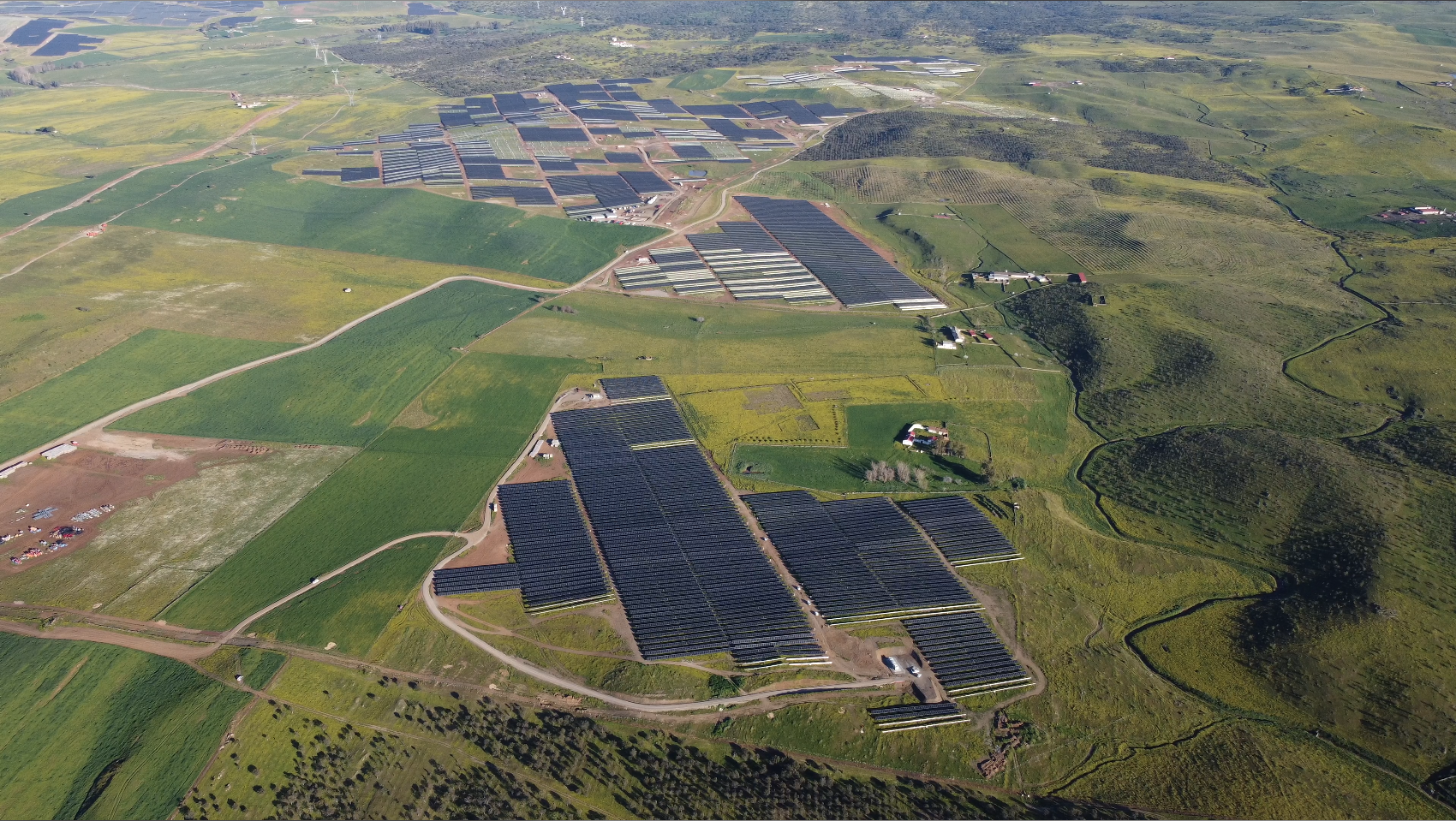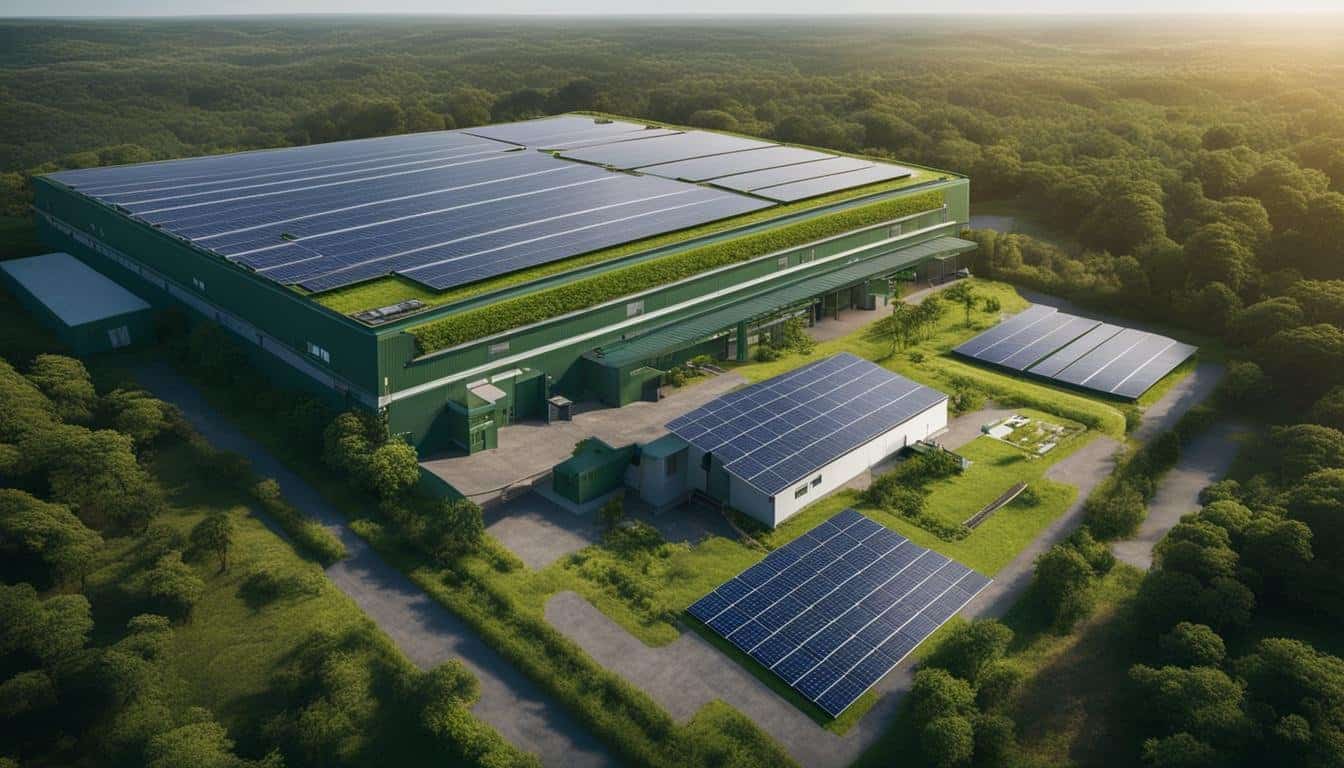The city of Hiroshima solemnly commemorated the 80th anniversary of the world’s first atomic bombing, an event that forever changed the course of human history. On this somber occasion, survivors, their descendants, and international visitors gathered at the Peace Memorial Park to honor the victims and renew calls for nuclear disarmament. The annual ceremony took on special significance this year as the number of remaining hibakusha (atomic bomb survivors) continues to dwindle, making their testimonies increasingly precious.
At precisely 8:15 am—the moment the bomb detonated on August 6, 1945—a moment of silence enveloped the memorial site. The Peace Bell’s resonant tone marked the time when the uranium bomb nicknamed “Little Boy” exploded approximately 600 meters above the city, instantly killing an estimated 70,000 people and ultimately claiming over 140,000 lives by the end of 1945. The commemorative events included the traditional floating of lanterns along the Motoyasu River, symbolizing the guidance of spirits to the afterlife.
This year’s memorial carried particular urgency as geopolitical tensions have raised concerns about nuclear proliferation. Hiroshima’s mayor used his annual Peace Declaration to warn against complacency in nuclear disarmament efforts, noting that current global nuclear arsenals still possess catastrophic destructive potential. He emphasized how Hiroshima’s tragic experience offers indispensable lessons for humanity in an era when the risk of nuclear conflict has resurfaced after decades of relative stability.
Survivors recounted moving stories about the immediate aftermath of the bombing—the unimaginable destruction, the distressing quest to find family members among the debris, and the agony caused by radiation illness in the weeks and months that followed. These personal narratives gained additional significance as organizers aimed to safeguard these memories through digital archives and educational initiatives, guaranteeing that future generations comprehend the human toll of nuclear weapons.
The memorial also highlighted the remarkable transformation of Hiroshima from a devastated wasteland to a thriving modern city that has become a global symbol of peace and resilience. Reconstruction efforts over the decades have created a vibrant urban center while carefully preserving certain bomb-damaged structures like the iconic Atomic Bomb Dome, which stands as a powerful visual reminder of that fateful day.
International diplomats from nuclear and non-nuclear states attended the ceremony, reflecting on how Hiroshima’s tragedy ultimately led to the Treaty on the Non-Proliferation of Nuclear Weapons (NPT) and subsequent disarmament agreements. However, many speakers expressed concern about recent setbacks in nuclear diplomacy and the modernization of nuclear arsenals by several nations.
Educational efforts were a significant component of the anniversary celebrations. The Hiroshima Peace Memorial Museum introduced fresh displays that highlight the enduring health consequences faced by survivors, such as heightened cancer risks and psychological trauma that spans multiple generations. Unique programs involved youth in peace education, stressing their prospective part in upholding nuclear security measures and advancing diplomatic resolutions to global disputes.
The anniversary also prompted reflection on the complex historical context surrounding the bombing decision. Historians participated in panel discussions examining the geopolitical circumstances of 1945, the development of nuclear technology during wartime, and the ethical questions that continue to surround the use of atomic weapons. These academic exchanges aimed to foster nuanced understanding rather than simplistic judgments about this pivotal moment in world history.
Cuando cayó la noche, miles de linternas de papel iluminaron el río que pasa por el Peace Memorial Park, creando un espectáculo impresionante de recuerdo. Esta hermosa tradición, iniciada por los sobrevivientes en los primeros años tras el bombardeo, se ha convertido en uno de los actos conmemorativos más emocionantes de Hiroshima, contando con la participación de personas de todo el mundo que se unen a este gesto simbólico de paz y reconciliación.
The 80th anniversary acted as a reminiscence of the past while also urging for future initiatives. Given the ongoing nuclear tensions in various parts of the world and the pressure on arms control treaties, the peace message from Hiroshima stood out strongly. The planners of the event highlighted that recalling the events of August 6, 1945, is essential not only for paying tribute to history but also for safeguarding the future of humanity from committing its most severe errors again.
As the sun set on this day of remembrance, Hiroshima’s enduring message to the world remained clear: nuclear weapons must never be used again, and their complete elimination remains the only guarantee against future Hiroshimas. The city’s transformation from ground zero to global peace advocate stands as a testament to human resilience and the possibility of reconciliation, even after unimaginable tragedy.




